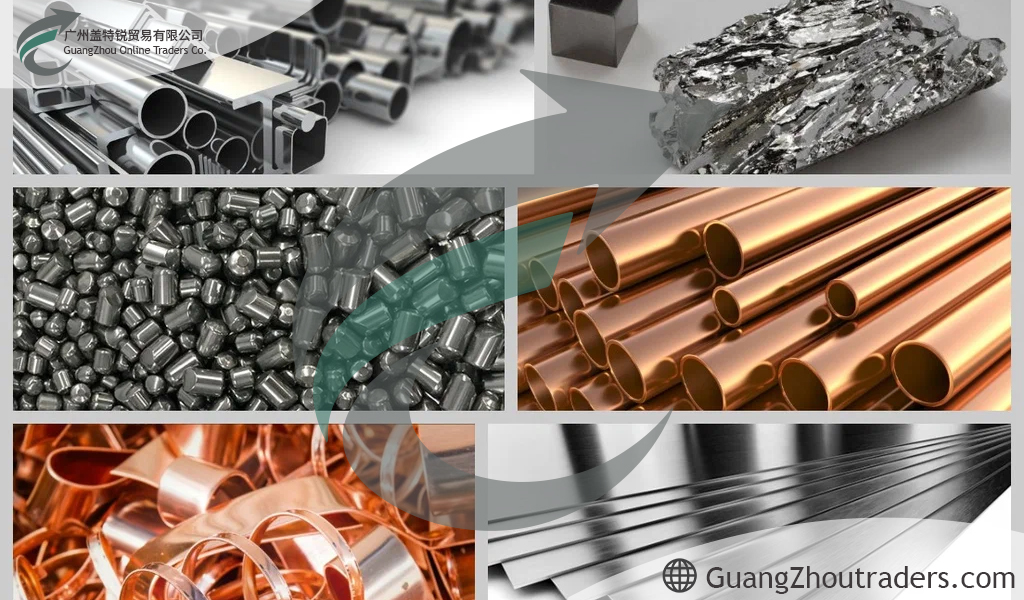Nonferrous metals are among the natural metals that are known for their different types and diverse applications. The strong presence of nonferrous metals in industrial and general uses indicates their important role in various types of construction. Nonferrous metals are actually the name given to the group of non-ferritic metals; in other words, any metal that has a non-ferrous base is included in the category of nonferrous metals. Since the numerous applications of these types of metals in various industrial and construction sectors cannot be ignored, in the following article we will examine everything you need to know about the types of nonferrous metals and their applications.
Types of Nonferrous Metals
All metals found in nature can be classified into two main groups: nonferrous metals and ferrous metals. In the meantime, nonferrous metals include all options other than iron and its compounds, which are also bought and sold in the market as nonferrous metals. Nonferrous metals are used in various production and industrial sectors depending on their type. The main types of these widely used metals are as follows:
Aluminum metal
Aluminum metal is one of the non-ferrous metals that is also included in the category of light metals due to its low weight. This metal is known for its features such as high resistance and high strength against decay and corrosion. Since the melting point of aluminum metal is 658 degrees Celsius, it can be introduced as the best metal in the field of heat transfer and electricity. This metal, both alone and in combination with other types of metals, is widely used in industrial applications, including aircraft manufacturing.
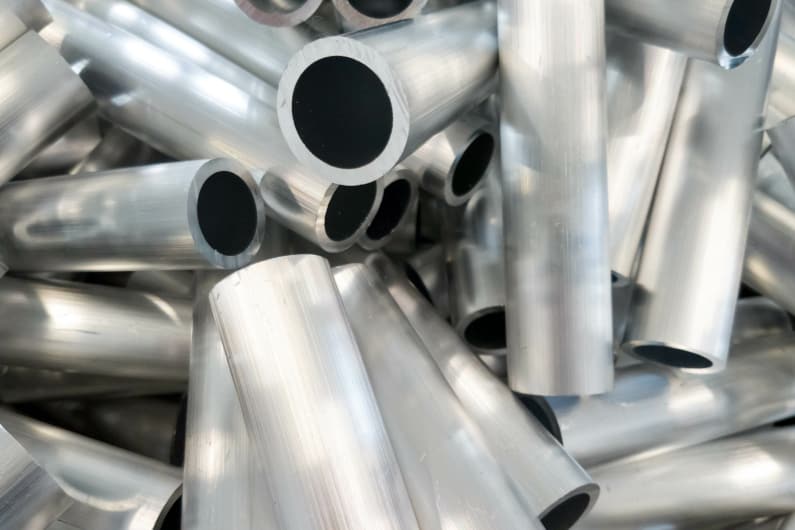
Copper metal
Another of the most widely used types of non-ferrous metals is copper metal. This metal is known for its red color and important features such as resistance to decay, corrosion, and rust. Copper metal is the best and strongest conductor of electricity; for this reason, it is widely used in various industries, especially in the production of various types of wires, magnetic motors, electric magnets, doors and windows, kitchen utensils, etc.
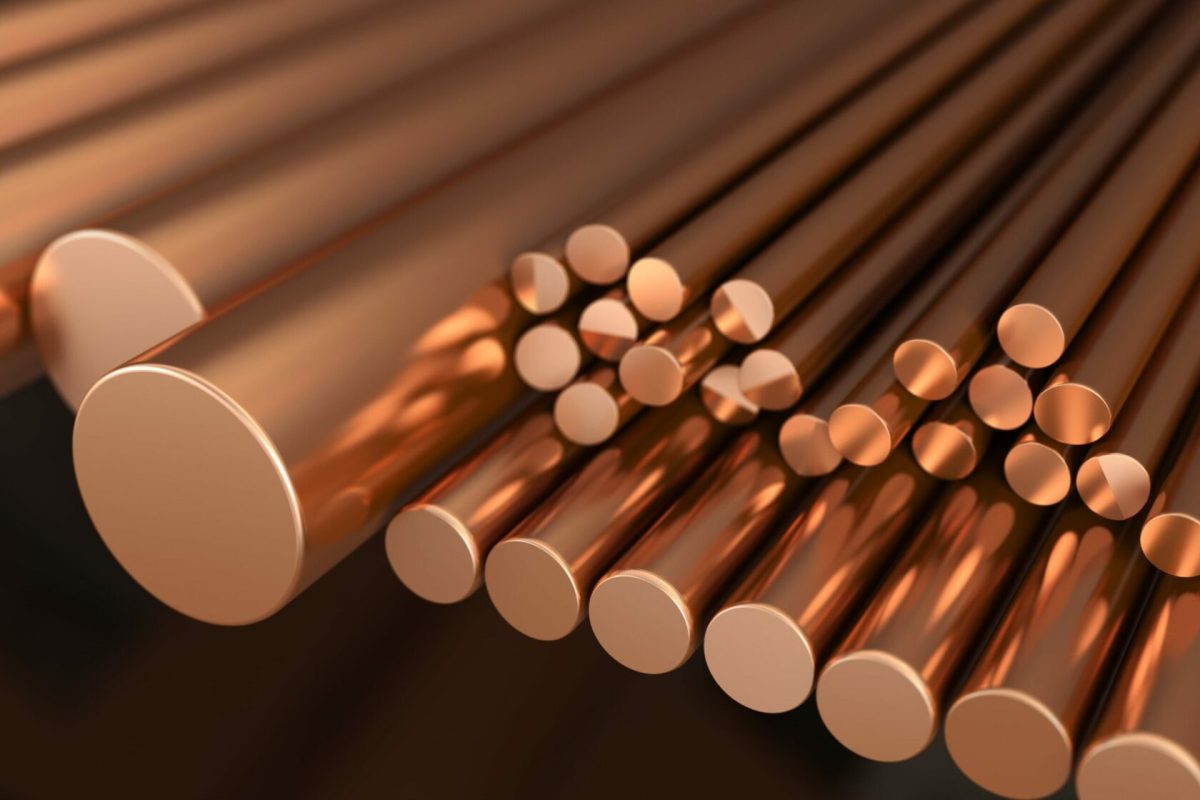
Nickel Metal
The name nickel metal stands out in the category of non-ferrous metals with a color between silver and white. Hardness, excellent resistance, and a high melting point of 1435 degrees Celsius are among the main characteristics of nickel metal. In most cases, this metal is used in combination with other metals, especially magnesium and iron, and in various industrial uses, including the electronics industry, wire and cable production.
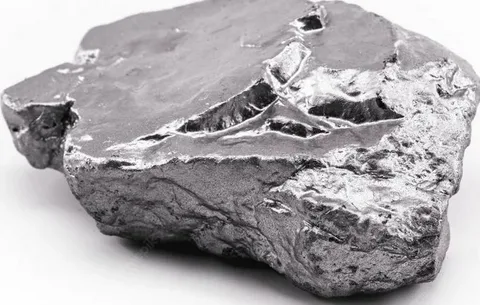
Lead Metal
Lead metal is also in the group of non-ferrous metals with a grayish color. This metal is known for its very soft material and does not show good resistance to rust and oxidation. The melting point of lead metal is at a temperature of 337 degrees Celsius. It is true that this metal is used in various industries; but its strong presence can be seen in the construction industry, car battery manufacturing, and also the ceramic industry.
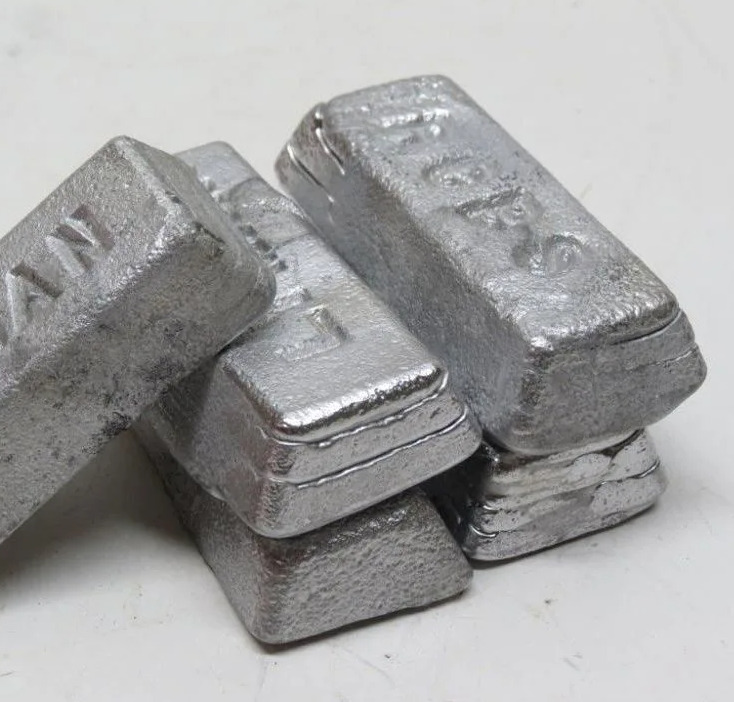
Zinc Metal
In introducing the types of non-ferrous metals, it is the turn of the widely used metal zinc. Despite being brittle and fragile, this metal has good resistance to rust. The melting point of zinc metal with its blue color is at 419 ° C. This metal is most commonly used in the production of galvanized steel sheets and also in combination with other alloys, especially bronze and brass.
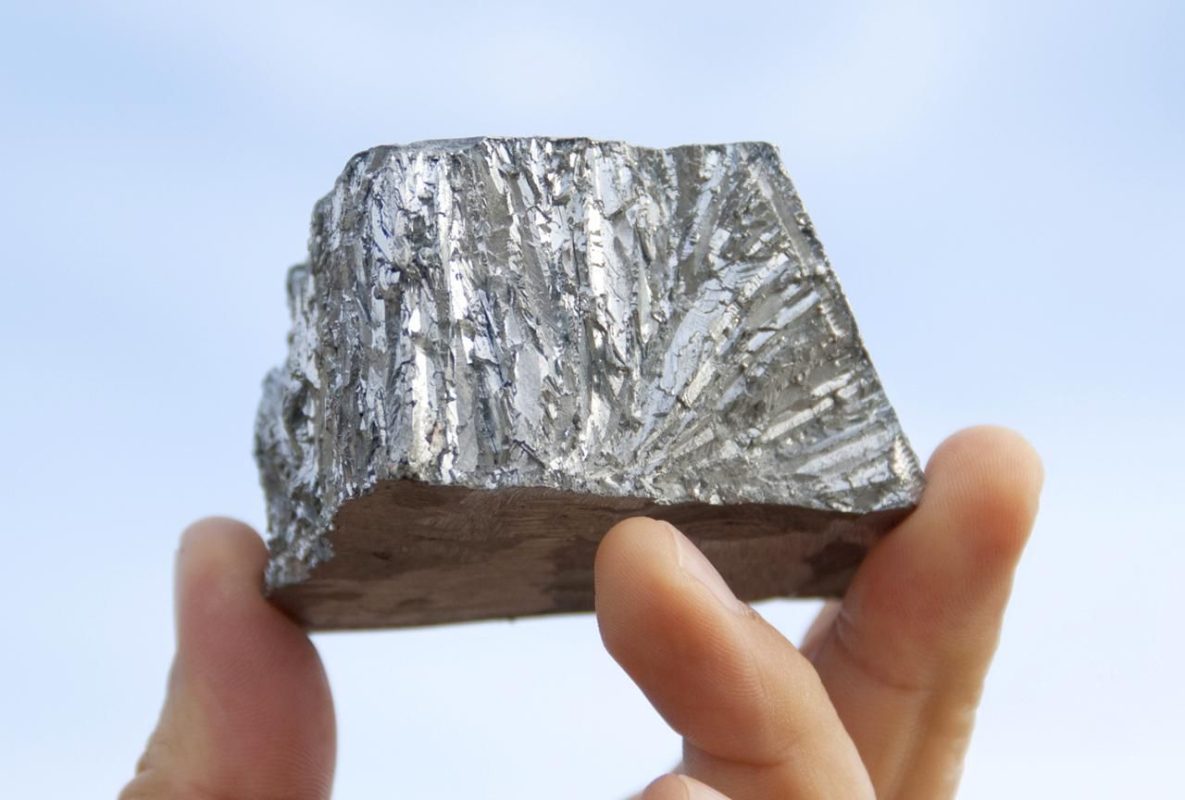
Tin metal
Tin is another type of non-ferrous metal that is known for its silvery white color and slightly bluish tint. The main characteristics of tin metal include ease of bending, very high degree of expansion, excellent resistance to acids and decay. The melting point of this widely used metal is also at 232 ° C. Tin metal is widely used in combination with bronze, plating copper utensils and soft solders.
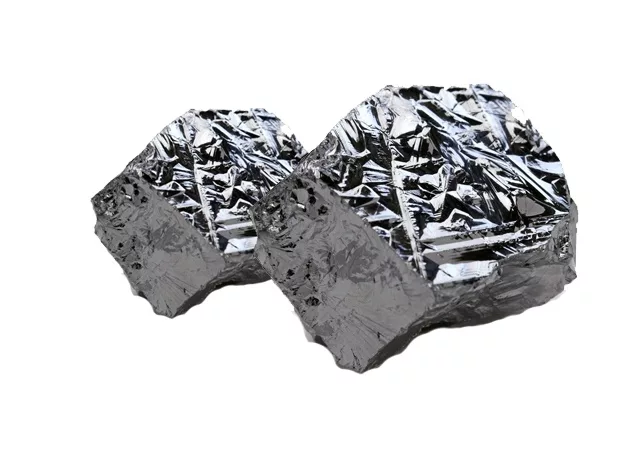
Brass metal
Brass metal with a yellow and golden color is one of the non-ferrous metals obtained from the combination of copper and zinc. This metal is known for its excellent resistance to tarnishing, hammering, and staining. The melting point of brass metal occurs at a temperature between 900 and 940 degrees Celsius. This metal is used in building decoration, making handles, musical instruments, and … It is interesting to know that by changing the composition of brass metal, different types of it can be produced, such as:
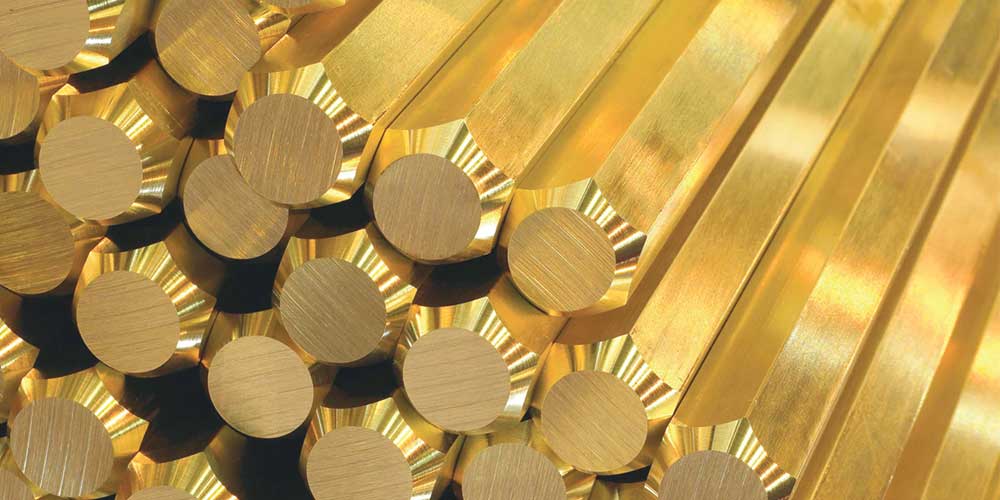
• Yellow brass
• Red brass
• Lead brass
• Silicon brass
• Tin brass
• Nickel brass
Bronze metal
In introducing the most widely used non-ferrous metals, it is the turn of bronze metal. This metal is obtained from a combination of 10 percent tin and 90 percent copper. This combination has caused the color of bronze metal to be darker than brass and more inclined to copper. The melting point of bronze is at a temperature of 930 degrees Celsius and offers characteristics similar to brass metal.
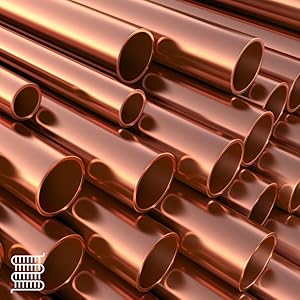
The most valuable non-ferrous metals
In addition to the most widely used types of non-ferrous metals introduced earlier, there are also some non-ferrous metals that are rare and expensive. These metals are usually created through minerals such as carbonates, sulfides, and silicates.
Buying ingots of various non-ferrous metals
To buy ingots of various non-ferrous metals, it is better to refer to the most reputable suppliers of non-ferrous metals. In this way, you can benefit from specialized and professional services and at the same time experience a high-quality and reliable purchase. Also, supplying various non-ferrous metals from well-known and established collections is accompanied by important services such as receiving advice from experts; in this situation, you can purchase the most suitable product in the sizes, shapes, and quantities you need.
Non-ferrous Metal Ingot Market
The non-ferrous metal ingot market includes a wide range of manufacturers and suppliers; for this reason, you may be hesitant and confused in choosing the best non-ferrous metal supplier. To experience the best shopping and the most professional cooperation, it is better to contact those who are Go to those suppliers who have an active and long-standing presence in the market and whose customers always give positive comments on the quality of the products they offer. Another factor that will help you in facing the vast market of non-ferrous metals is to check and compare prices; in this way, it is better to compare similar products from specialized and well-known suppliers and choose a good and affordable purchase.
Price of non-ferrous metal ingots
The price of non-ferrous metals is announced in accordance with the global and up-to-date standards. One of the main factors that affects the price of non-ferrous metal ingots is the exchange rate; in other words, the tolerance of the exchange rate leads to a decrease or increase in non-ferrous metals. Another important and effective factor called the purity percentage also plays a role in determining the price of non-ferrous metals. This means that the higher the purity percentage of these metals, the more you should consider buying them. Typically, the purity percentage of non-ferrous metals can be examined by the presence of more expensive elements such as copper, nickel, etc. Other factors affecting the final price of non-ferrous metal ingots include:
• Metal producing company
• Domestic production of metals or their import
• Quality
• Supply and demand
Applications of non-ferrous metals
As mentioned, non-ferrous metals are known for their many and diverse applications in various industries. Since each type of non-ferrous metal has unique characteristics, they are more suitable for certain industrial and production uses. In this way, it can be said that the application of non-ferrous metals is determined by its type.
In general, the application of non-ferrous metals is less compared to steel and iron products, and the main reason for this is related to the higher price of non-ferrous metals. However, the strong presence of various non-ferrous metals in various industries cannot be ignored, such as:
• Aluminum metal in the aerospace industry
• Metals such as titanium, corundum, and cobalt in the production of various industrial paints
• Various non-ferrous metals in the construction industry, coating structures and painting them
• Various non-ferrous metals in the jewelry industry, electronics, pharmaceutical, cosmetic and health products, printing and publishing industries, etc.
Concluding remarks
Non-ferrous metals, the various types of which are found in nature, are in the category of non-ferrous metals. These metals, with their diverse and extensive applications, have a strong presence in various industries such as construction and various manufacturing industries. Given the wide use of non-ferrous metals in manufactured and industrial products, in this article we will examine everything you need to know about the types of non-ferrous metals, their properties, and applications.


